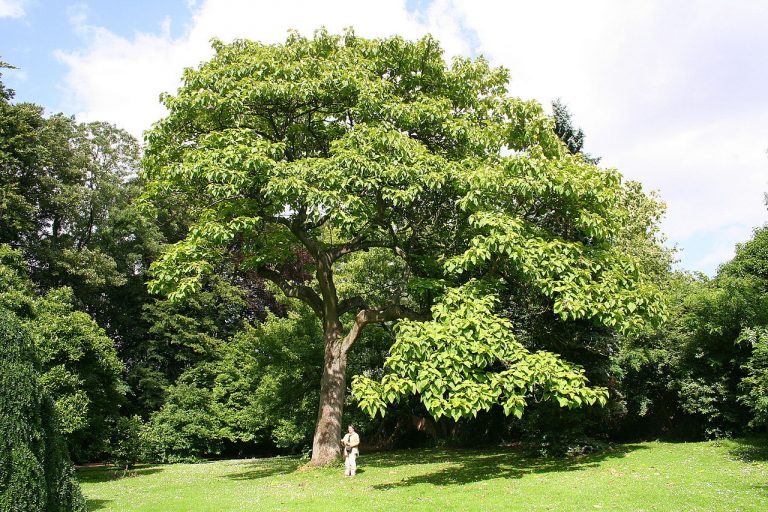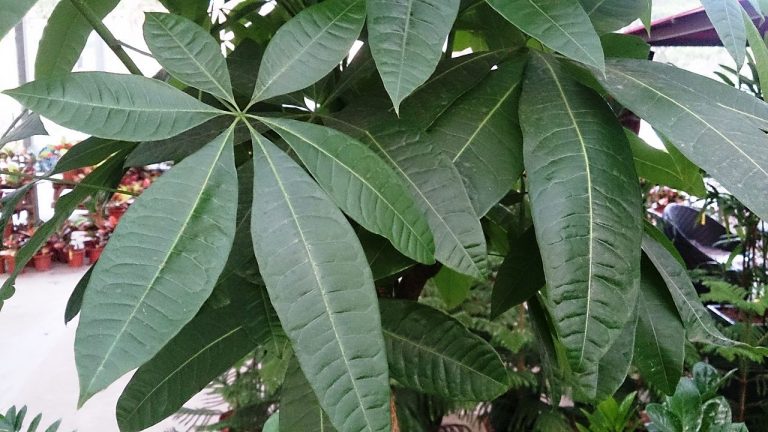Yarrow – Used by Greek Hero Achilles to Heal his Soldiers’ Wounds in Battle
Scientific Classification
| Kingdom: | Plantae |
| (unranked): | Angiosperms |
| (unranked): | Eudicots |
| (unranked): | Asterids |
| Order: | Asterales |
| Family: | Asteraceae |
| Genus: | Achillea |
| Species: | A. millefolium |
| Binomial name: | Achillea millefolium |
Achillea Millefolium also commonly called yarrow, is a flower-bearing plant belonging to the Asteraceae family. It hails from the temperate zones of the Northern hemisphere in the continents of Europe, Asia, and North America. In southern Colorado and New Mexico, they call it “plumajillo” (Spanish for ‘little feather’). This name derives from its texture, leaves appearance, and feel. In ancient times many admired the yarrow‘s medicinal uses and they called it herbal militaries. They used it to stop the flow of blood from cuts and bruises. The other names that describe this variety are old man’s pepper, devil’s nettle, sanguinary, thousand seal, thousand leaves, soldier’s Woundwort and Gordaldo.
Greek history has it that Achilles, the Greek hero of the battle of Troy learned from Chiron the centaur how use yarrow to heal the wounds of his soldiers in battle.
Anatomy
Achillea millefolium is a perennial herb that stands upright and brings forth stems varying from of 0.2 – 1 meter (0.66 – 3.3ft) and have a spreading rhizome form of growth. Its leaves position themselves evenly on the stem. The size of the leaves on the stem enlarges from the center and is larger at the base. The hairiness (pubescence) of the leaves varies in degrees. The length of leaf is 5 to 20 cm. They are either tripinnate or bipinnate, more or less feather-like in texture and distributed in a spiral manner on the stems. The aromatic leaves more or less clasp the stem and are cauline (arising from the stem’s upper part). Its fruits are little achenes( small dry fruit with one seed).
How to Cultivate Domestically

Preparation for Planting
Photo by: H. Zell
Most of the plant nurseries grow Achillea millefolium or yarrow as a decorative plant. They plant these to adorn natural landscapes and garden settings in a wide diversity of styles and climates. Yarrows are also seen in wildlife gardens as native plants. They tolerate aridity. This plant is often a part of the butterfly gardens ( a growing school of gardening that attracts butterflies). The plant requires full sunshine and properly drained soil. It also tolerates moderate inputs.
Planting
- Till the soil in your garden to a depth of 12 to 15 inches, by using a garden fork or tiller, and then add compost to a thickness of 2 to 4 inches.
- Plant your yarrow in a well-drained and moderate soil. In the spring. Yarrows prosper well in dry hot weather conditions and do not prefer wet soil. The plant will need support because the nutritious soil enhances their growth.
- Space the plants 1 to 2 feet apart. They flourish and spread fast; varieties like yarrow (Achillea millefolium) encroach your garden, therefore take care while selecting your plants.
- Majority of these plants grows to a height of 2 to 4 feet.
Placement and Watering
Keep fences and hoops above the plants and thrust the roots into the soil, fix support stalks prior to initialization of blooming, probably before the end of spring in mild Mediterranean climates. The root areas need water to saturate the root zone; hence water mildly, and observe the surface of the soil to make sure that it is dry before the next watering. Once the plants settle, they do not require watering.
Flowering Period
The flat clusters of flowers, ferns and feather-like foliage characterize these sweet-scented perennials. They bloom during the months of June to September. These flowers grow in diverse colors that include red, pink, yellow and white.
After-Bloom Care

Photo by: H. Zell
Trimming the stems following blooming increases the quantum of blossoms. Separate the shoots every alternate year, to encourage better circulation of air and avoid problems due to powdery mildew. Use a hand pruner and trim the heads of the flowers that have withered just above the leaves. When you remove the flower heads on time, they flower for more periods and this averts self-seeding.
As Cut Flowers
Many people use Yarrow plants in rock-gardening as well as edge plants. These plants are perennials that are deer-resistant; people use them in deer-parks.. They are good as cut flowers. Place the plants far from air ventilation and do not keep them near drafts. Keep them away from fresh fruits, since fruits emit ethylene while ripening and that makes the cut flowers to fade faster.

Having discovered a fondness for insects while pursuing her degree in Biology, Randi Jones was quite bugged to know that people usually dismissed these little creatures as “creepy-crawlies”.







